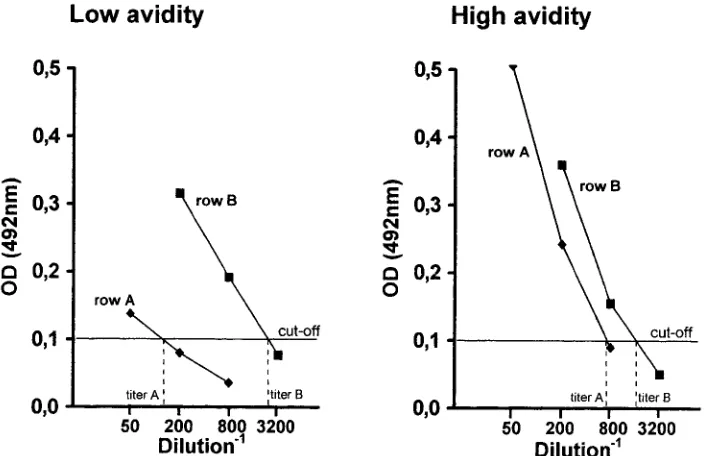Improved diagnosis of primary Toxoplasma gondii infection in early pregnancy by determination of antitoxoplasma immunoglobulin G avidity
Full text
Figure



Related documents
This result was also supported by our flow cytometry data that showed more Ly6c+Ly6g − and Ly6c+Ly6g+ cells were present in CD11b+CD45 hi cells (Additional file 1 : Figure S2E, G).
FAILURES”.In this project, the complex hardware circuitry usedis replaced by PLC(Programmable Logic Controller) which is programmed to control the motor drive,
Most farms (80%) utilize social media or an online farm blog to promote their flowers. Of the 75 different species of cut flowers identified in the survey, many of which are
Figure 2.5: Average population transcription for each candidate gene that was significant in response to the immune stimulus and/or handling stress challenge at the population
In the present study, Landsat TM and IRS P6 LISS III data which is having spatial resolution 30m & 23.5 m respectively was used to generate baseline information of
In this study, the authors revised simulation conditions such as damping ratio, spring stiffness of joint elements, FEM mesh size of a fault plane and the constitutive relation
Results have shown that, supervised learning based classification tools did not perform well with the standard linear regression subspace analysis method of Face recognition